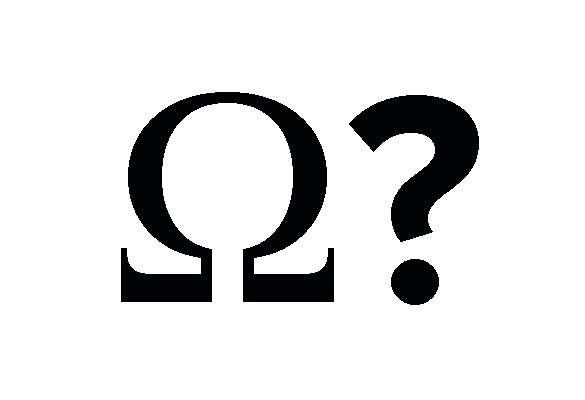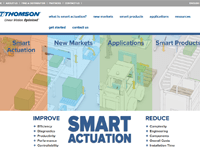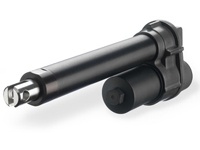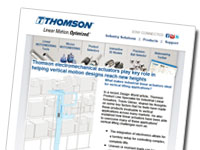
Potentiometers in the United States are rated in term of ohms of resistance across its entire range, and the number of turns (revolutions) of the shaft from the zero point to full range. Our most common units are 10k (ohms) 10 turns. If you require precise positioning, you may use a potentiometer with more turns to achieve the full resistance range. If you prefer a more coarse adjustment, we can supply a pot that reaches the full resistance range in one turn. The next variable is the stroke length and the amount of change in resistance per inch of screw travel. The accuracy or resolution of the pot is affected by both the number of turns and the gear reduction. We do have the option of running the pot off of the screw shaft in an attempt to optimize the resolution of a Pot in a given stroke length. There are a few versions of potentiometers that we use. The traditional and lowest cost version are called 'wire wound' pots. These have an internal wiper contacting a coil of wires directly. Each time the pot shaft turns and the wiper position moves from one coil to the next, there is a discrete 'step' and change in resistance. The wire wound pots are low cost and subject to low wear. They are also susceptible to vibration. Particularly if the actuator does not change position, the wiper can vibrate and wear a dead spot on the coil which causes a dropped signal on the pot and, hence, a failure. Most heavy duty customers have switched to the new design with Bourns’ trade name Hybitron. The Hybitron pots have the wire wound coil molded into a conductive plastic. As the wiper sweeps across the plastic surface the resistance reading comes from the internal coils, but rather than discrete step change in resistance, the conductive plastic takes the signal from the two adjacent coils and averages the reading. This makes the resolution very high. This Hybitron pot is better protected from shock, vibration, and wear from the wiper continually vibrating on one surface. We have been asked by many customers to switch to the conductive plastic type Pot for reliability. Other users have switched to get higher resolution. The Hybitron cost 2X more than the wire wound. We also have an option to use a non-contact pot. Vishay and Bourns both manufacture a product that eliminates the potential wear of a contact pot by using magnets to read the position. Vishay utilizes a hall effect-style magnet that rotates and counts turns while Bourns uses a linear acme screw with a magnet on the nut designed to count motion in a similar way. These both have a digital output.





